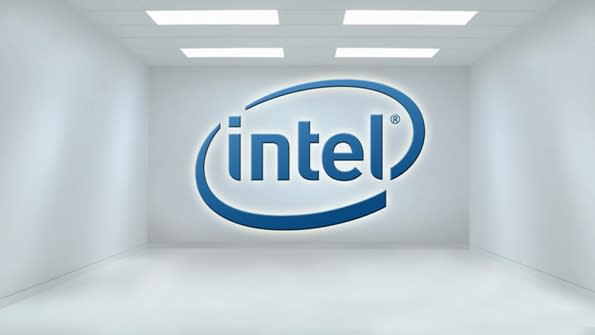Future Data Centre Rack Technologies

Intel Corporation announces its collaboration with Facebook to define the next generation of rack technologies used to power the world’s largest data centres. As part of the partnership, the companies also unveils a mechanical prototype built by Quanta Computer that includes Intel’s new photonic rack architecture to show the total cost, design and reliability improvement potential of a disaggregated rack environment.
“Intel and Facebook are collaborating on a new disaggregated, rack-scale server architecture that enables independent upgrading of compute, network and storage subsystems that will define the future of mega-data centre designs for the next decade. The disaggregated rack architecture includes Intel’s new photonic architecture, based on high-bandwidth, 100Gbps Intel Silicon Photonics Technology, that enables fewer cables, increased bandwidth, farther reach and extreme power efficiency compared to today’s copper based interconnects,” says Justin Rattner, Chief Technology Officer for Intel.
Rattner explains the new architecture is a new approach to using light (photons) to move huge amounts of data at very high speeds with extremely low power over a thin optical fibre rather than using electrical signals over a copper cable.
Silicon photonics made with inexpensive silicon rather than expensive and exotic optical materials provides a distinct cost advantage over older optical technologies. This is in addition to providing greater speed, reliability and scalability benefits. Businesses with server farms or massive data centres could eliminate performance bottlenecks and ensure long-term upgradability while saving significant operational costs in space and energy.
Also, by separating critical components from one another, each computer resource can be upgraded on its own without being coupled to the others. This provides increased lifespan and enables IT managers to replace just that resource instead of the entire system. This increased serviceability and flexibility drives improved total-cost for infrastructure investments as well as higher levels of resiliency.
The mechanical prototype is a demonstration of Intel’s photonic rack architecture for interconnecting various resources. It shows how one of the ways compute, network and storage resources can be disaggregated within a rack. Intel will contribute a design for enabling a photonic receptacle to the Open Compute Project (OCP) and will work with Facebook, Corning, and others over time to standardise the design. The mechanical prototype includes distributed input/output (I/O) using Intel Ethernet switch silicon, and will support the Intel Xeon processor and the next generation, 22 nanometer system-on-chip (SoC) Intel Atom processor, code named “Avoton”, which is available this year.

